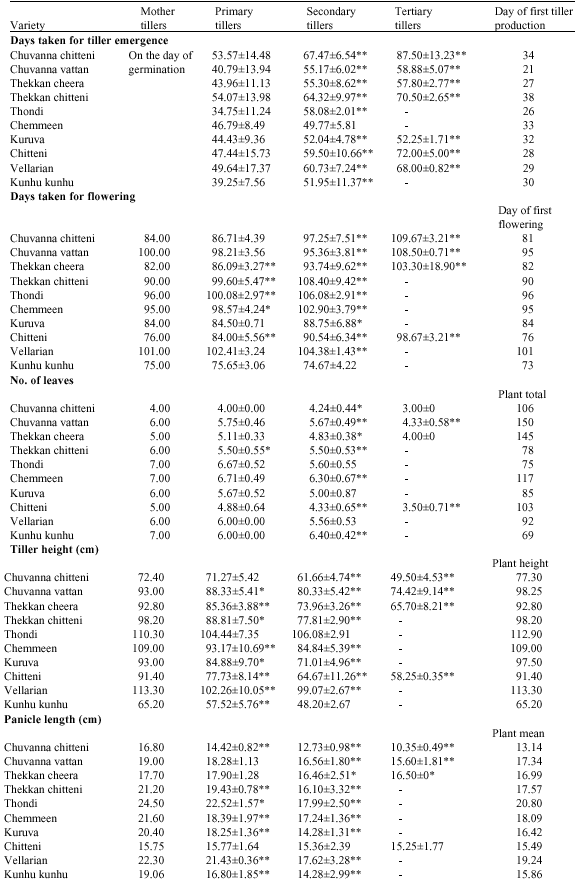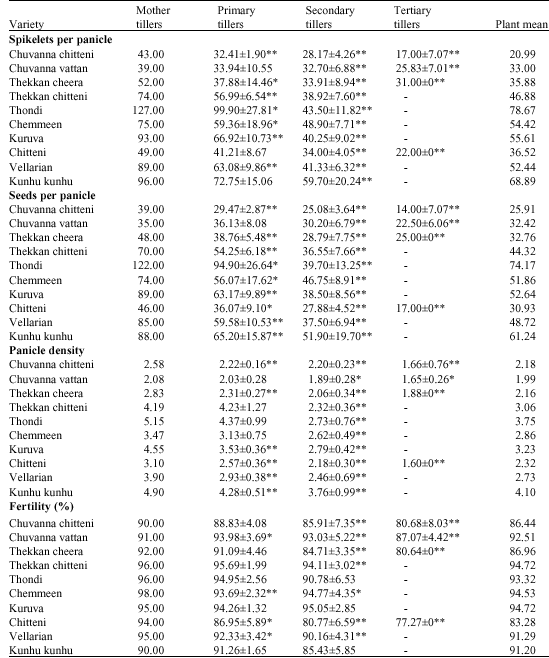Research Article
Relative Contribution of Rice Tillers of Different Status Towards Yield
Genetics and Plant Breeding Division, Department of Botany, University of Calicut, Kerala-673635, India
C.B. Mini
Genetics and Plant Breeding Division, Department of Botany, University of Calicut, Kerala-673635, India










